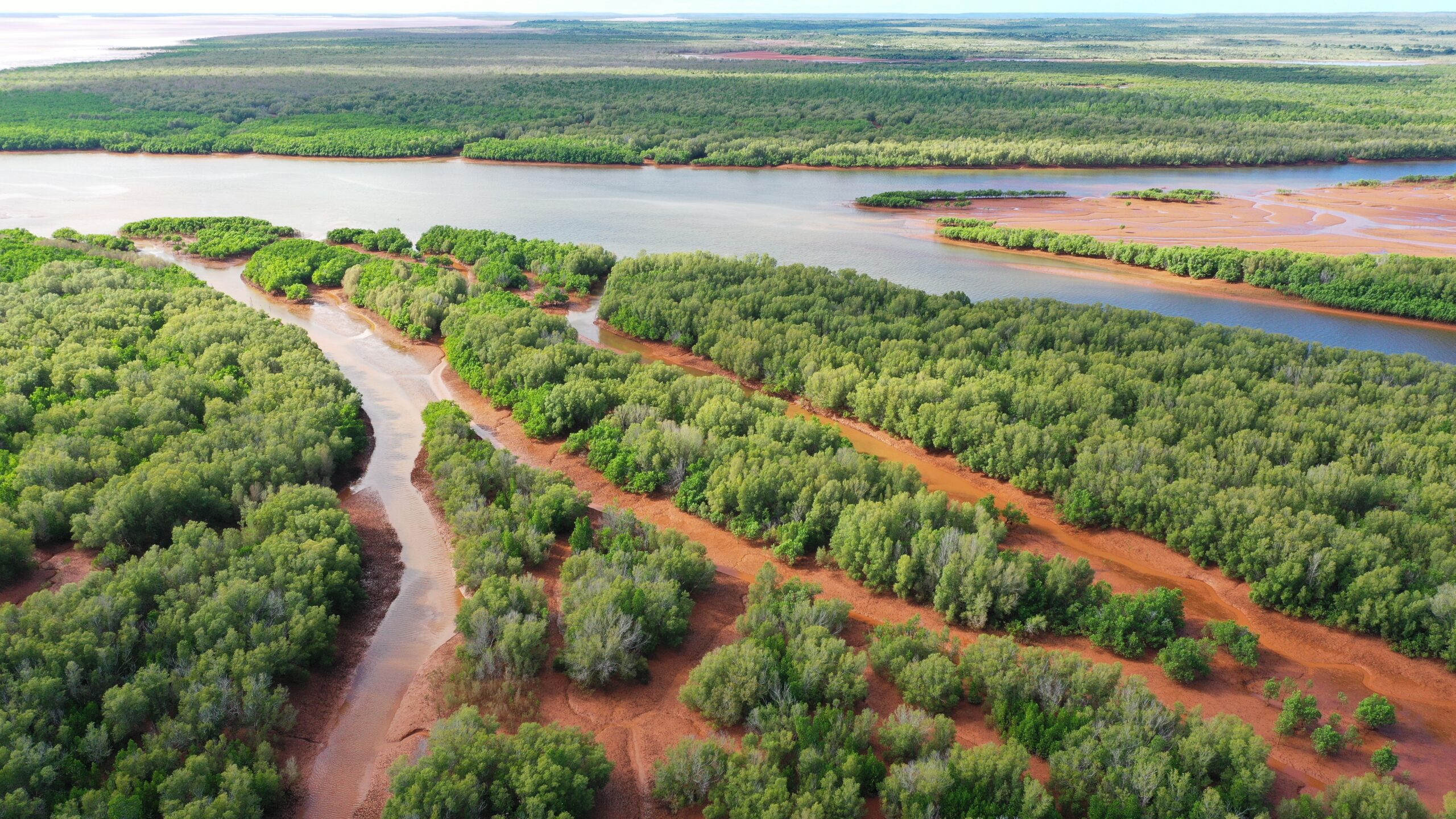Evolving evidence suggests that planting trees alone is not moving the global needle on poverty nor adequately addressing the pressures driving landscape degradation and conversion worldwide. Landscape restoration goes beyond planting trees to encompass a series of large-scale restoration interventions aimed at providing environmental and socioeconomic benefits to fulfill current and future needs. It is a larger, longer, and comprehensively planned method of restoration and conservation.
What is Landscape Restoration?
Landscape restoration is defined as: a holistic, standards-based approach to conservation and restoration that generates environmental, biodiversity, and socioeconomic benefits for the well-being of the planet and communities. Landscape restoration projects are designed to ensure the drivers of historical deforestation and degradation are addressed through comprehensive programming. Through this approach, Eden supports long-term sustainability across landscapes, laying the groundwork for healthy relationships between people and the land on which we all depend.
Why is Landscape Restoration important?
There is an urgent, critical need to prevent degradation and restore the world’s ecosystem now. Through movements such as the UN Decade on Ecosystem Restoration, it has become apparent that planting trees is not enough to address the high level of global degradation. It is essential to transition from a series of reforestation projects to more comprehensive methods of landscape restoration. This holistic approach will have a more significant impact that generates relevant, long-lasting results for the landscape and local communities.
Landscape restoration benefits the environment and communities and is effective because it includes:
- Comprehensively designed restoration efforts to generate relevant and long-lasting positive impacts
- Broader restoration targets for the entire landscape
- New initiatives focused on addressing drivers of historical deforestation and landscape degradation in the long-term
- Designated funding to address the landscape’s most pressing challenges such as invasive species and fire management
- Revenue-generating activities by and for communities that create additional income streams so the local population can maintain improved livelihoods and increase resilience
- Strategic partnerships with like-minded organizations to amplify environmental, community, and biodiversity impact
How does Landscape Restoration help the environment?
Landscape restoration begins by identifying historical drivers of deforestation and degradation (the root causes, both direct and indirect, of deforestation in an area). Fire, agriculture, extensive logging, and encroachment are all examples of potential drivers of deforestation. A clearly defined restoration plan is developed with science-based strategies to address each of these drivers along with the specific ecological function of the area (I.e., water movement and animal migration) in each project. By addressing these drivers, long-term sustainable restoration will maximize positive impacts on biodiversity conservation and ecosystem health and functions.
Through this holistic approach, landscape restoration will help the environment by:
- Improving ecosystem health
- Increasing and protecting biodiversity
- Mitigating climate change
- Reducing greenhouse gas emissions
What is the role of community development in Landscape Restoration?
There is a deep connection between people and the landscapes they depend on. Eden collaborates directly with local communities and other key stakeholders (government, community-based organizations, non-governmental organizations, and private sector entities) to design and facilitate restoration initiatives. Each project takes community needs into account with activities designed to support their resilience and well-being.
Landscape restoration supports community development by:
- Facilitating sustainable income activities and livelihood opportunities that reduce pressures on the landscape
- Improving the ecosystem’s goods and services (clean air, purified water, fertile soil, etc.)
- Strengthening market access and local economies
- Providing fair wage employment to local community members
Landscape restoration is based on the critical interdependence between people and their land. Through collaboration and science-based restoration practices, communities will experience substantive benefits that support their well-being and their environment. To learn more about landscape restoration, please visit eden-plus.org/landscape-restoration.
[Call to Action was present in original content]




